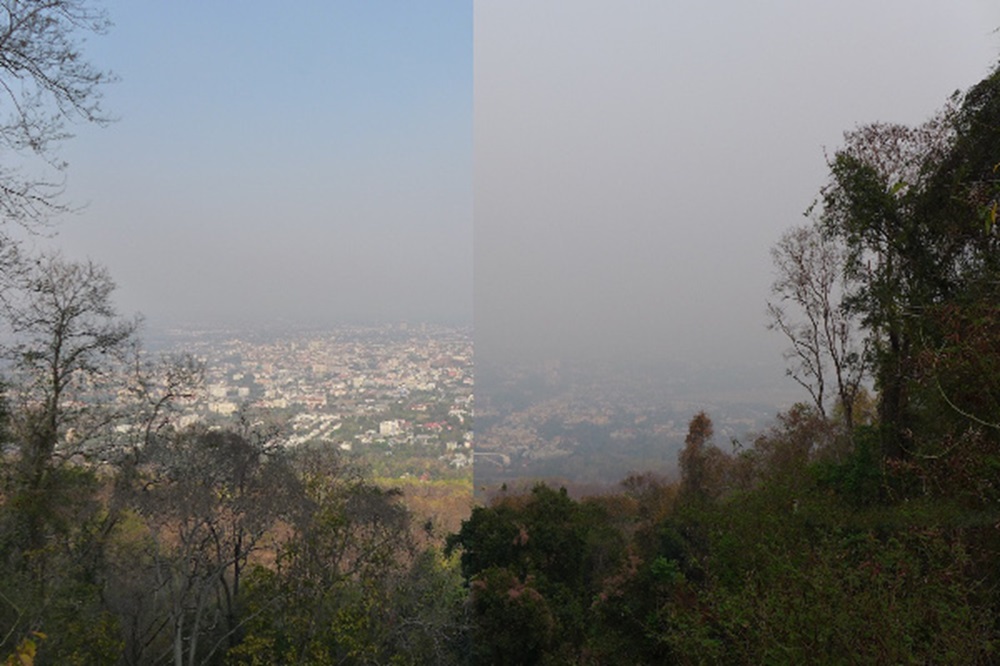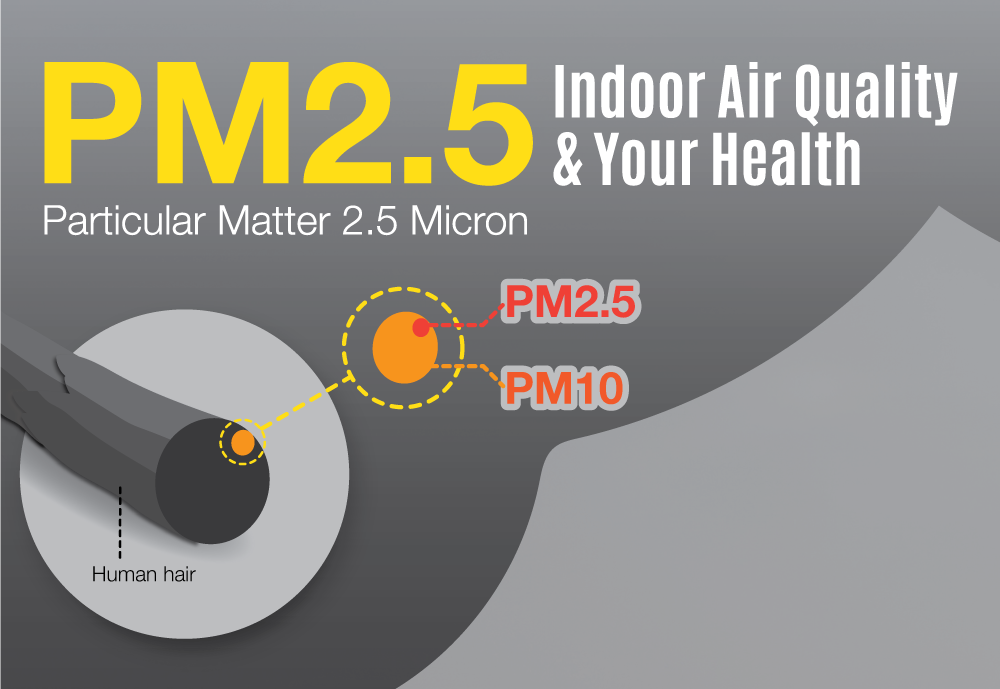Health Authorities in Northern Thailand say Chiang Mai continues to be plagued with a heavy toxic haze, with air quality levels more than 20 times higher than what the World Health Organization (WHO) considers safe.
Authorities in Chiang Mai claim the haze, which was supposedly exacerbated by wildfires, was so dense that it obscured the view of Doi Suthep. At 8 a.m. on Sunday, the province was named the city with the second-worst air pollution in the world again this week.
According to https://www.iqair.com/th/thailand/chiang-mai, the concentration of PM2.5 ultra-fine dust was red, 22.2 times the WHO’s safe standard.
According to cmuccdc.org of Chiang Mai University, the highest reading in the previous 24 hours was 460 microgrammes per cubic metre (μg/m³) at Ban Arunothai Hospital in Chiang Dao district.
Nearby locations likewise showed levels of 300-400 μg/m³. Ban Hua To detected 454 μg/m³, while the Chiang Dao wildlife sanctuary office measured 374 μg/m³.
On Sunday, Chiang Mai’s provincial administrative center for flames and smog reported 90 hotspots across 17 districts.
There were 16 hotspots in Chiang Dao district, 11 in Hot, 10 in Omkoi and Mae Chaem, eight in Mae Taeng, six in Fang, five in Samoeng, Chai Prakan, and Mae Wang, four in Doi Tao, two in Mae Rim, Phrao, and Wiang Haeng, and one in Galyani Vadhana, Mae On, Mae Ai, and Chom Thong.
Dangerous PM2.5 Air Particles in Northern Thailand
According to Thailand’s Geo-Informatics and Space Technology Development Agency (Gistda), 11 northern provinces have very dangerous levels of PM2.5 ultra fine dust ranging from 77.8 μg/m³ to 204.1 μg/m³. Mae Hong Son (the highest), followed by Chiang Mai, Chiang Rai, Uttaradit, and Sukhothai (the lowest).
Unsafe (orange) levels of ultrafine dust were also detected in 19 other provinces in the northern and northeastern regions. People were encouraged to use facemasks when outdoors. According to Maharat Nakhon Chiang Mai Hospital, the number of persons seeking treatment for respiratory ailments has surpassed 30,000 this year.
The Thai Meteorological Department (TMD) cautioned on Sunday that the haze situation in the north remains critical, with the number of hotspots constant.
Northern Thailand, notably the provinces of Chiang Mai, Chiang Rai, and Mae Hong Son, has been experiencing terrible PM2.5 air quality. These places, surrounded by mountains and hills, were previously classified as the most polluted in the world.
The pollution crisis has taxed the public healthcare system, forcing residents to purchase air purifiers and face masks for protection. Some citizens can afford private health insurance, but many cannot.
Medical professionals and civil groups have urged the government to consider designating certain provinces as disaster zones. However, the government is hesitant to do so, fearing the long-term impact on tourism if the places develop a reputation for bad air quality.
Prime Minister Srettha Thavisin stressed that the government must protect the tourism industry and that the decision to not name these provinces disaster zones was made after significant consultation with appropriate agencies.
On Saturday, large audiences attended an exhibition organized by Chiang Mai University’s Faculty of Medicine to raise awareness about pollution. The celebration, which took place at Central Plaza in Chiang Mai Airport, coincided with the faculty’s 65th anniversary.
Transitory Haze at Crisis Levels in Northern Thailand







